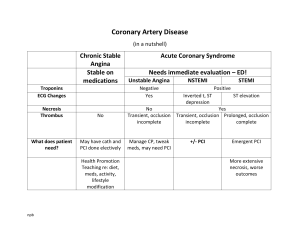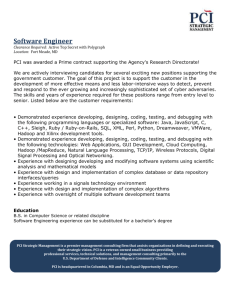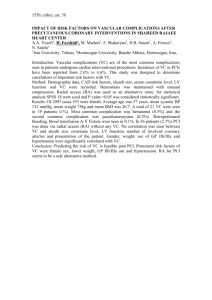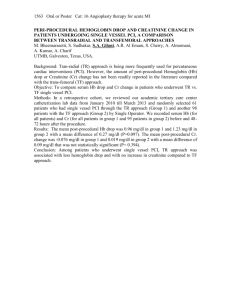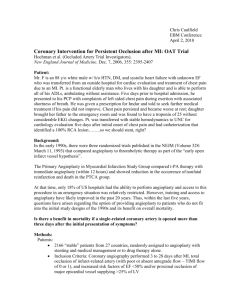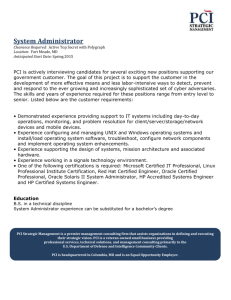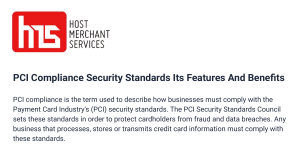transradial percutaneous coronary angioplasty
advertisement
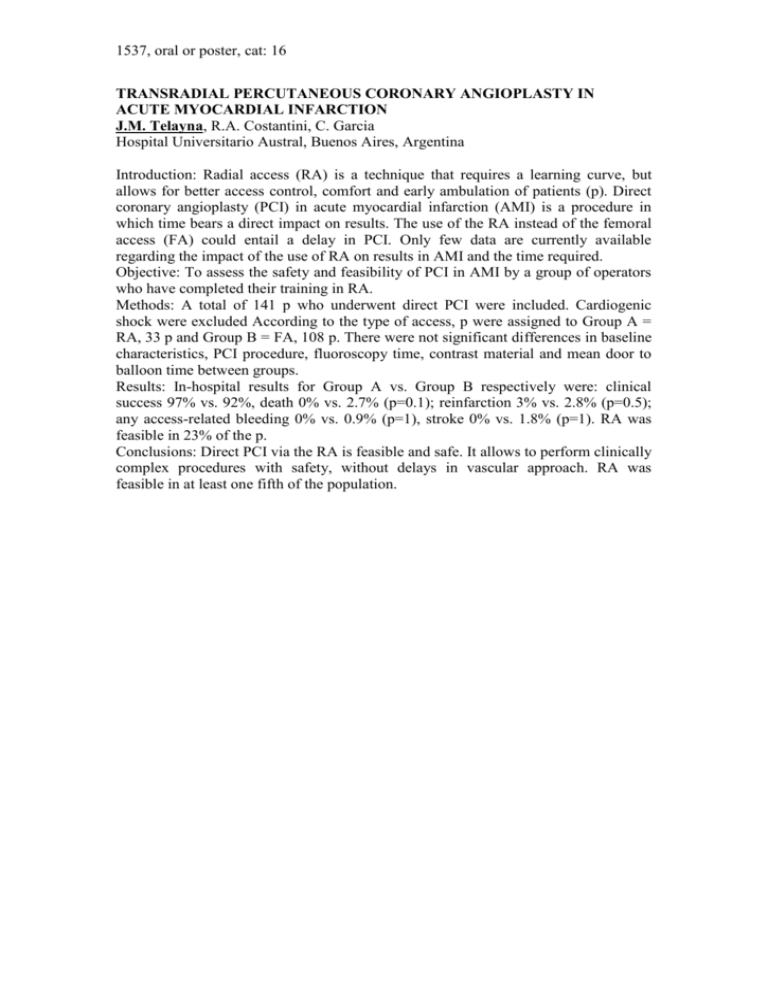
1537, oral or poster, cat: 16 TRANSRADIAL PERCUTANEOUS CORONARY ANGIOPLASTY IN ACUTE MYOCARDIAL INFARCTION J.M. Telayna, R.A. Costantini, C. Garcia Hospital Universitario Austral, Buenos Aires, Argentina Introduction: Radial access (RA) is a technique that requires a learning curve, but allows for better access control, comfort and early ambulation of patients (p). Direct coronary angioplasty (PCI) in acute myocardial infarction (AMI) is a procedure in which time bears a direct impact on results. The use of the RA instead of the femoral access (FA) could entail a delay in PCI. Only few data are currently available regarding the impact of the use of RA on results in AMI and the time required. Objective: To assess the safety and feasibility of PCI in AMI by a group of operators who have completed their training in RA. Methods: A total of 141 p who underwent direct PCI were included. Cardiogenic shock were excluded According to the type of access, p were assigned to Group A = RA, 33 p and Group B = FA, 108 p. There were not significant differences in baseline characteristics, PCI procedure, fluoroscopy time, contrast material and mean door to balloon time between groups. Results: In-hospital results for Group A vs. Group B respectively were: clinical success 97% vs. 92%, death 0% vs. 2.7% (p=0.1); reinfarction 3% vs. 2.8% (p=0.5); any access-related bleeding 0% vs. 0.9% (p=1), stroke 0% vs. 1.8% (p=1). RA was feasible in 23% of the p. Conclusions: Direct PCI via the RA is feasible and safe. It allows to perform clinically complex procedures with safety, without delays in vascular approach. RA was feasible in at least one fifth of the population.


